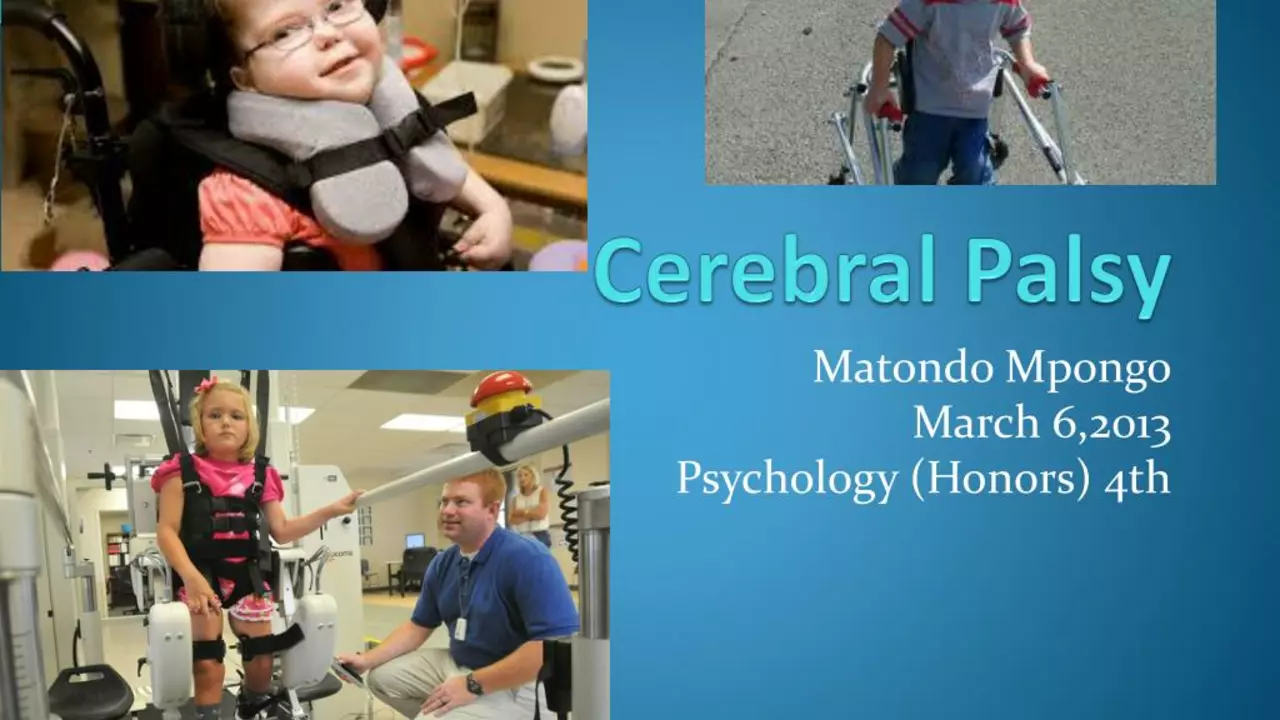Cerebral palsy: Practical help you can use today
Cerebral palsy (CP) is the most common motor disability in childhood. It affects movement, muscle tone, and posture in different ways. Some kids have mild stiffness; others need a lot of help with daily tasks. Knowing the signs, getting early help, and focusing on everyday routines will make the biggest difference.
Recognizing signs and getting a diagnosis
Watch how a child moves and plays. Common red flags are delayed milestones (not rolling, sitting, or walking on time), persistent tight or floppy muscles, uneven movements, or a strong preference for using one side. If you notice these, ask your pediatrician for a developmental evaluation. A diagnosis usually comes from observing motor patterns and may include brain imaging (MRI) and tests to rule out other causes.
When you get a diagnosis, expect a team: a pediatrician, neurologist or developmental pediatrician, physical therapist, occupational therapist, and speech therapist. Each specialist answers different questions—motor control, feeding, communication, and daily living skills. Early intervention programs (often for children under 3) are crucial because the brain and body adapt best when therapy starts sooner.
Daily care, therapies, and common treatments
Therapy is the core of CP care. Physical therapy (PT) builds strength, balance, and walking skills. Occupational therapy (OT) focuses on hands, dressing, and feeding. Speech therapy helps with talking and swallowing. A simple weekly plan at home—short practice sessions tied to daily routines—keeps progress steady without overwhelming the child.
Medications and procedures can help when stiffness, spasms, or pain get in the way. Oral meds like baclofen or diazepam reduce muscle tone for some kids. Botulinum toxin (Botox) injections target specific tight muscles for months at a time. For severe spasticity, an intrathecal baclofen pump or selective dorsal rhizotomy surgery may be considered after specialist review. Seizures happen in some children with CP; anti-seizure meds are managed by a neurologist.
Adaptive gear matters. Orthotics, wheelchairs, walkers, and special seating improve comfort and independence. Simple home adjustments—ramp access, grab bars, and a stable chair for meals—help family life. Schools can provide support through an IEP (Individualized Education Program) to adapt learning and physical access.
Nutrition, sleep, and pain control are often overlooked. Work with your care team on feeding strategies and supplements if growth is slow. Treating constipation, positioning for sleep, and managing pain from tight muscles will improve daily comfort and participation.
Find local support groups and online communities to share tips and avoid burnout. Ask your care team for trusted resources and possible clinical trials if you’re interested in new therapies. Small, steady steps—early therapy, consistent routines, and practical adaptations—help a child with CP reach their best level of function and quality of life.
The latest research and advancements in cerebral palsy treatment

In the ever-evolving field of medical research, recent advancements in cerebral palsy treatments are making waves. Scientists have been focusing on stem cell therapy, which has shown promising results in improving motor functions in patients. Additionally, advanced neuroimaging techniques are transforming our understanding of brain development and injury in cerebral palsy. Another exciting treatment involves the use of robotic devices to help improve mobility and independence. It's a thrilling time in the realm of cerebral palsy research as we're witnessing breakthroughs that could potentially change lives forever.
- July 6 2023
- Tony Newman
- 13 Comments
